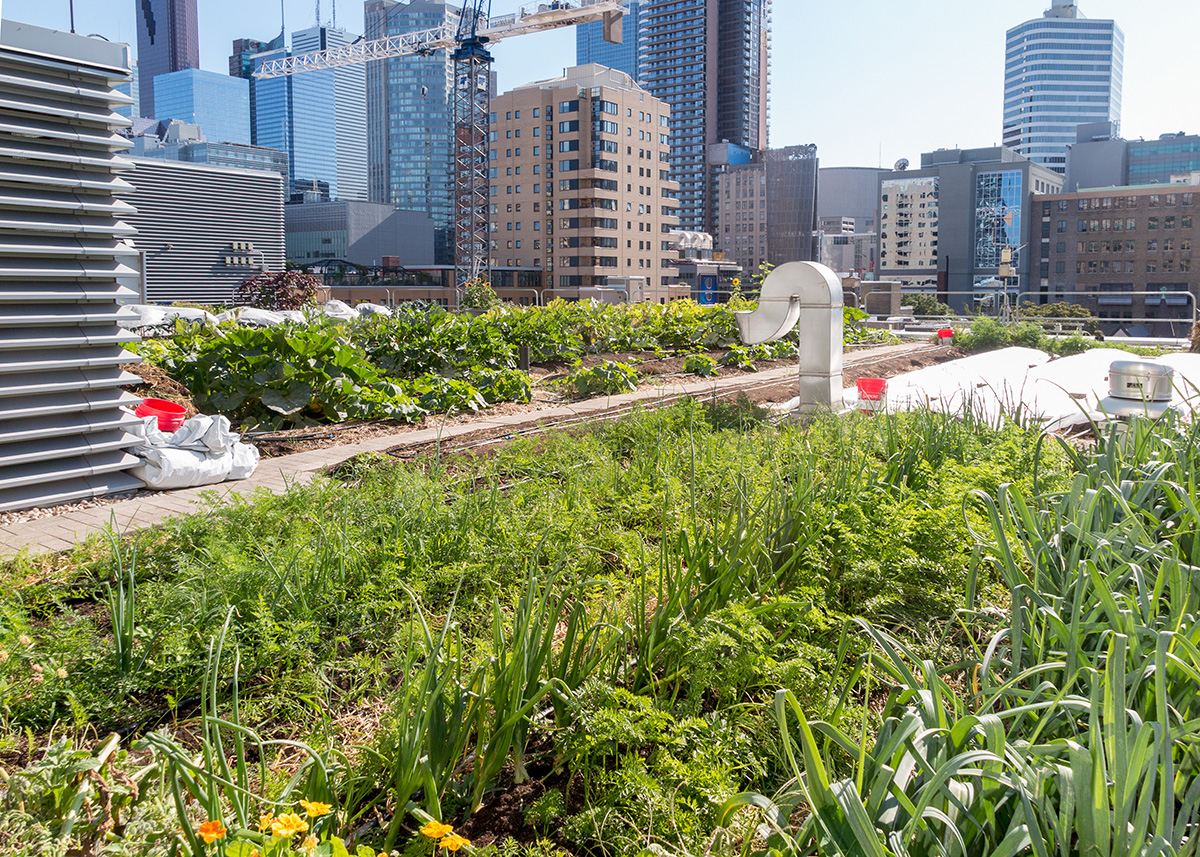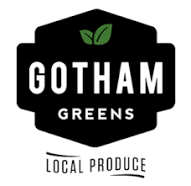Editor’s note: This story is part of an ongoing “Sowing Change” series about urban farming.
When people think about cities, they often imagine concrete, steel and glass — not the ground beneath their feet. But according to Anna Paltseva, an international urban soil scientist and professor at Purdue University, what lies below our sidewalks and gardens is just as critical to the health of our communities as the infrastructure above.
In a Science Societies webinar, “Beneath the City: Exploring Urban Soils, Microbiomes and Rehabilitation Strategies,” Paltseva says: “Urban soils are super heterogeneous and full of secrets. You never know what’s underneath those urban streets.”
Unlike rural soils, which tend to develop more naturally over time, urban soils are shaped by centuries of human activity, she says. They can contain layers of construction debris, industrial waste and even ancient artifacts — sometimes within just a few feet of depth. In New York City, for example, surveys have revealed soil profiles ranging from glacial deposits to dredged river material to coal ash.
That history matters.
“Land use history is really important,” Paltseva says. “We need to know what was there before to properly manage what we have today.”
Urban soils provide critical ecosystem services: supporting green spaces, managing stormwater, sequestering carbon and offering habitats for plants and microbes. They also enable urban agriculture, which has surged in popularity, particularly during the COVID-19 pandemic.
Yet those benefits come with risks, Paltseva says. Heavy metals such as lead and arsenic — remnants of old factories, pesticides and leaded gasoline — persist in urban soils.
“Lead is a neurotoxin. It affects cognitive development, especially of children,” Paltseva says. While lead doesn’t move far in the soil, it can cling to dust or accumulate in root crops, posing dangers for families gardening in contaminated lots, she says.
Despite these challenges, Paltseva’s research highlights practical ways to garden safely. Adding compost or other organic matter not only improves soil health but can also dilute contaminants and reduce their bioavailability. Choosing the right crops matters too. Fruiting vegetables such as tomatoes, cucumbers and eggplants tend to be safer in moderately contaminated soils, while root crops and leafy greens are more likely to accumulate toxins.
Mitigation strategies such as mulching, drip irrigation and maintaining vegetation cover can further minimize risks, Paltseva says. And thanks to new portable tools, soil contamination can increasingly be tested quickly and on-site.
For Paltseva, the study of urban soils goes beyond science. Through her outreach platform House of Soil and her recent TEDx talk “What If Your Wardrobe Could Save the Planet,” she connects soil health to everyday life, sustainability and even fashion.
Ultimately, she hopes more people will look down and appreciate what’s beneath them.
“Urban soils are extremely heterogeneous. They’re very important to study. They provide multiple services,” she says. “We want more urban gardens and agriculture — but it comes with some risks. The good news is, there are also solutions.”



















